Pervaiz Munir Alvi
Iqbal Hussain (1950- ) is often termed as the ‘controversial artist of Pakistan’. Although he is equally masterful in painting landscape and still life, yet he is best known for his portraits–mostly portraits of women that is.
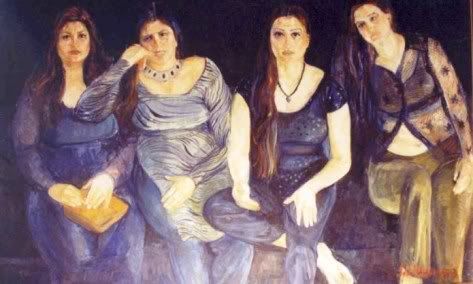
He paints his landscape in romantic hues of dusty pink and soft blue and because of that has been called “Turner/Monet of the Punjab Landscape Schoolâ€. But in contrast to his style of landscape he chooses to paint his women in bright colors under full light with purposeful brush strokes. He is an impressionist and a realist at the same time. It appears as if intentionally, in his impressionism style landscapes he takes his viewers to a retreat of romantic dreams, but in his portraits in a clear opposition, he forces his viewers to see life in its stark realities.
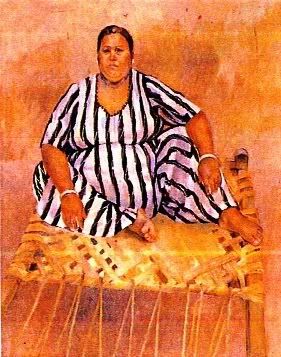
So what is controversial about the art of Iqbal Hussain? Nothing really if you ask any art critic. An artist and his art could be escapist and realist at the same time. What makes him ‘controversial’, and that is mostly within Pakistan, are not his contrasting artistic styles but his conscious choice of female models and the way he presents them. Iqbal Hussain as a realist does not exaggerate or minimize the physical characters of his subjects like say Picasso would.
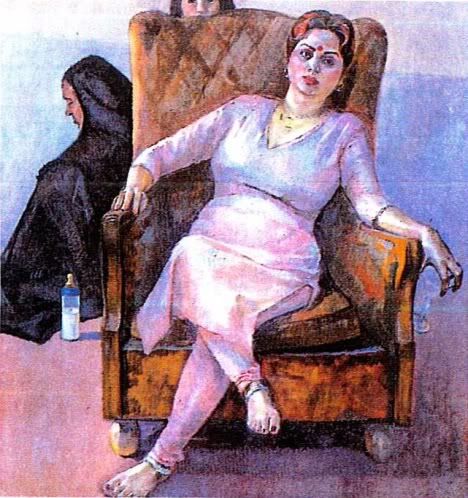
He paints his women the way they are in their real life. He just happens to show the side of life we wish not to acknowledge existing in our midst.
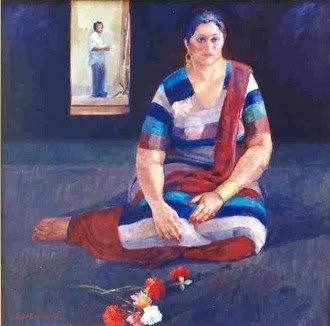 His fault is that he brings out in the open the ‘controversies’ that already exist within our societal norms and values; an act for which ‘respectable’ society has termed him as a ‘controversial’ artist. He is controversial because his women do not depict our perceived image of our self. We would like to think that his class of women does not exist in our Pakistan.
His fault is that he brings out in the open the ‘controversies’ that already exist within our societal norms and values; an act for which ‘respectable’ society has termed him as a ‘controversial’ artist. He is controversial because his women do not depict our perceived image of our self. We would like to think that his class of women does not exist in our Pakistan.
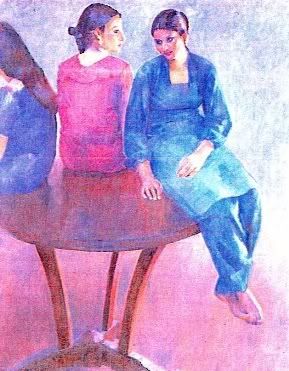
Because of his choice of female models, Iqbal Hussain like Henri de Toulouse-Lautrec (1864-1901) is called a “painter of prostitutes and dancing girlsâ€.
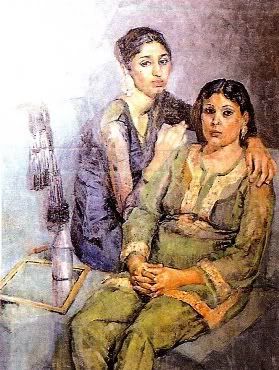 Most of his models are the ‘professionals’ from Shahi Mahalla of Lahore whom he is either related to or he knows them personally. The famous red light district of Lahore is his Montmartre and Pigalle. His home is his Moulin Rouge.
Most of his models are the ‘professionals’ from Shahi Mahalla of Lahore whom he is either related to or he knows them personally. The famous red light district of Lahore is his Montmartre and Pigalle. His home is his Moulin Rouge.
But unlike Henri his girls are not shown in dancing forms, lifting their skirts, and exposing their legs and petticoats. Iqbal’s women are not nude or semi-naked or involved in some illicit acts as their profession might suggest. They are not even dancing suggestively or posing provocatively as they do during their work hours.
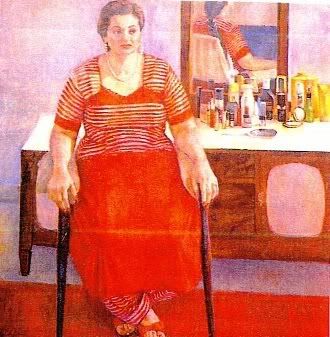
They are mostly some unknown and unremarkable women of modest looks and appearance. They are just there as they are in their real life; fully clothed stout women, sitting, squatting and with their blank eyes and resigned looks staring at the artist or simply at the empty air in front of them.
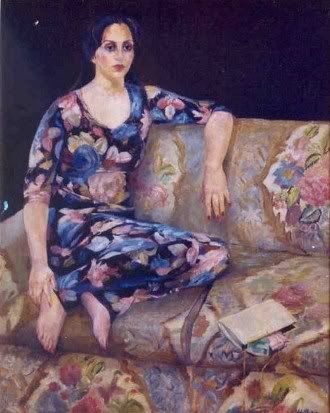 Ah, but they are the prostitutes from that ‘bazaar’ and that’s what is ‘controversial’ about Iqbal and his portraits. Iqbal’s women, unlike most respectable Pakistani women do not have their heads and bosoms covered with dopattas and chadors of ‘modesty’. They are bare footed and without the shoes of ‘respectability’. But what troubles us most in Iqbal’s women is the fact that they silently poke our conscience and raise questions about the otherwise obvious hypocrisy of our society.
Ah, but they are the prostitutes from that ‘bazaar’ and that’s what is ‘controversial’ about Iqbal and his portraits. Iqbal’s women, unlike most respectable Pakistani women do not have their heads and bosoms covered with dopattas and chadors of ‘modesty’. They are bare footed and without the shoes of ‘respectability’. But what troubles us most in Iqbal’s women is the fact that they silently poke our conscience and raise questions about the otherwise obvious hypocrisy of our society.
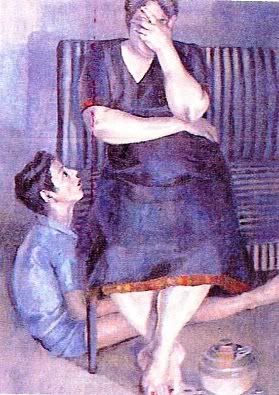
They raise the questions that ‘respectable’ Pakistani society rather not to ask of it self. And that is what makes Iqbal Hussain so ‘controversial’!
Source:
Contemporary Painting in Pakistan, 1992.
By Professor Marcella Nesom Sirhandi, Ph.D.
Ferozsons, Lahore, Pakistan



















































Sir.iqbal iz 1 of the best pak artist
Sir.iqbal iz really 1 of best of pak
There is a great documentary written by Iqbal Hussein on Pakistan’s prostitution scene. It’s called: Kahani Tawaif Ki Zubani- Hira Mandi. I couldn’t find the date of release but it definintely seems like it was filmed in early 90s.
His art work is truly feminist. He paints a bold reality of the vulnerable, suppressed, sexualized women in Pakistan. It also deconstructs societal expectations of female bodies in art.